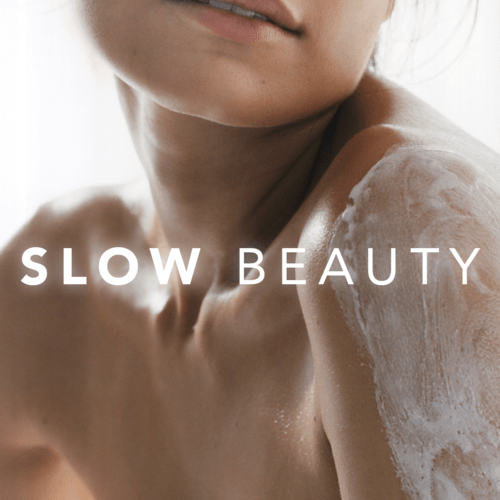The skin is the body’s largest organ. Its main function is the protection of the body against harmful chemical, mechanical or biological factors as well as solar radiation, cold and heat. It also helps to detoxify the body of impuirities and waste products. With an average of 5 million sensory cells it feels everything - heat, cold, pain - absorbs everything and captures every feeling.
Throughout our lives, the skin will continue to reflect the highs and lows of our inner lives. It blushes when we are angry or ashamed, it pales under the effect of fear, glows when we are happy, becomes dull as a result of depression and stress. Someone who has many things to say but is unable to voice them verbally will - consciously or not - ask his or her skin to ‘speak’ for them.
The language of skin
Skin tissue has its own language, which evokes all the unspoken things in our lives. Neurotransmitters constantly circulate information between them - brain cells to skin cells and skin cells to brain cells. Any stress or emotional upset is translated into a biochemical language via these neurotransmitters, which is then played out on the skin to either trigger or cure a disease. These neurotransmitters can have very different effects on tissue thickness, collagen and sebum production, skin pigmentation or immune response. When their skin improves, a person’s whole self-image is restored.
Skin has its own metabolism to convert nutrients into fuel and is extremely active. This metabolic activity provides the energy the skin needs to ensure cells are regenerated, any lesions (lumps, bumps or sores) are repaired and that sweat and sebum are produced when necessary.
Layer upon layer
The epidermis or top layer is where new skin cells are made and is thefore formed mainly of keratinocytes, cells which produce keratin. In this layer, oxygen consumption is particularly high. The living epidermis is formed of many layers of tissue with no blood vessels. In the lower layers of the epidermis, the pigment melanin is produced, which gives the skin its colour and disperses radiation from UV light.
The stratum corneum forms the outermost layer of the epidermis. It comprises dead skin cells and forms both a protective shield and a surface for pigmentation, which is vitally important for the absorption of powerful active ingredients such as essential oils. Its lower layer, called the stratum compactum, is particularly dense with very low permeability; this is considered to be the true ‘barrier zone’ of the skin.
The stratum disjunctum, right at the top of the stratum corneum, is the level where dead skin cells are finally shed. The stratum corneum consists essentially of lipids (fats and oils) that are rich in squalene (moisturisers and anti-oxidants) as well as cholesterol - mainly obtained from sebum - plus scleroproteins (structural proteins such as keratin, collagen and elastin) and finally water that diffuses both between and through the cells. This is what gives skin its natural hydration. Collagen is the main component of this extra cellular matrix, which fills the spaces between cells and binds cells and tissues together, constituting around 70% of the skin. It consists of three polypetide chains - sets of amino acids - that are linked together.
Slowing the inevitable
Human skin is only made to last 160 years* so ageing is unavoidable. Over time skin progressively loses its elasticity, wrinkles form and then deepen, brown spots appear. Sensitivity also decreases. The average rate of cell renewal is 28 days, although this also slows down as we age. However, if it’s kept well hydrated and in good condition, the skin will remain more sensitive, which can delay this rate of ageing. Pure essential oils and botanical ingredients can help.
By working with your skin – especially with the use of essential oils that have such a natural affinity – you can affect its condition to help it look healthier, more vibrant and more beautiful. Through regular exfoliation you can help increase the speed of cell renewal so the skin looks brighter, glowing and more even. Its texture will also be improved. Product ranges such as Slow Ageing Essentials, which are so carefully and intelligently formulated using specially selected natural essential oils and botanicals, can really help slow the effects of the ageing process on skin. It really doesn’t matter what age you are. By taking care of your skin inside and out you can look younger and more vibrant - in every decade of your life.
Five signs of healthy, balanced skin
1. Good hydration - Skin is well hydrated and nourished and the epidermis is undamaged with minimal moisture loss and redness;
2. Normal sebum production - The complexion is well regulated with sebum i.e. naturally moisturised, not over oily and less likely to have clogged pores or blemishes;
3. Even texture - The skin's texture is smooth and soft;
4. Natural radiance - It glows with health and vitality;
5. Even consistency - The complexion has an even tone, with no redness, blemishes, pigmentation or spots.
Dr Pierre Albano, Doctor of Aromatherapy
* According to Prof. Louis Dubertret


